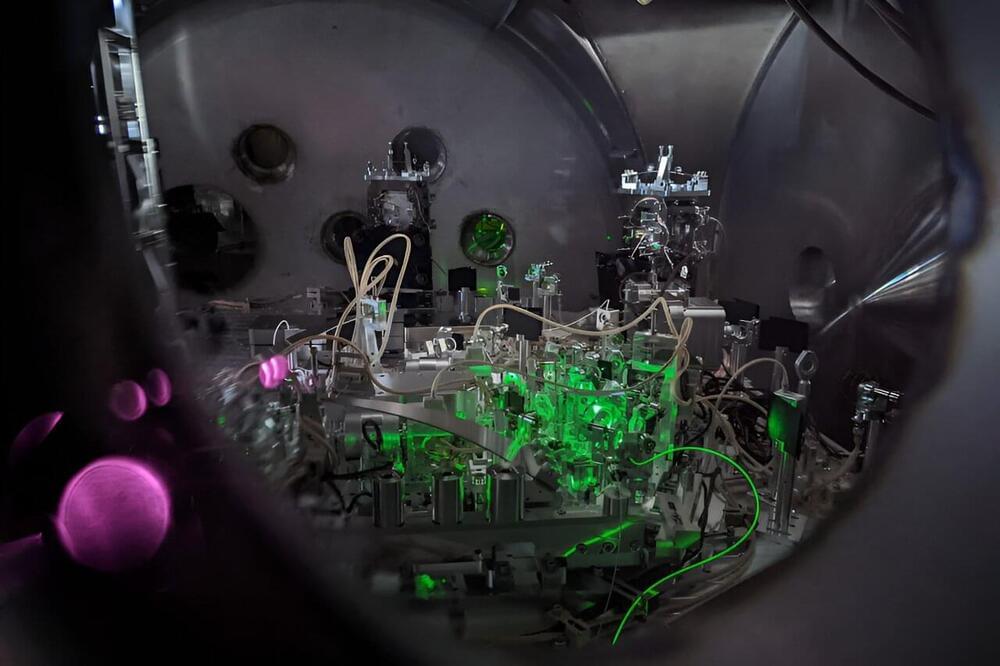In 2015, the Laser Interferometer Gravitational-Wave Observatory (LIGO), made history when it made the first direct detection of gravitational waves—ripples in space and time—produced by a pair of colliding black holes.
Since then, LIGO and its sister detector in Europe, Virgo, have detected gravitational waves from dozens of mergers between black holes as well as from collisions between a related class of stellar remnants called neutron stars. At the heart of LIGO’s success is its ability to measure the stretching and squeezing of the fabric of space-time on scales 10 thousand trillion times smaller than a human hair.
As incomprehensibly small as these measurements are, LIGO’s precision has continued to be limited by the laws of quantum physics. At very tiny, subatomic scales, empty space is filled with a faint crackling of quantum noise, which interferes with LIGO’s measurements and restricts how sensitive the observatory can be.










Comments are closed.